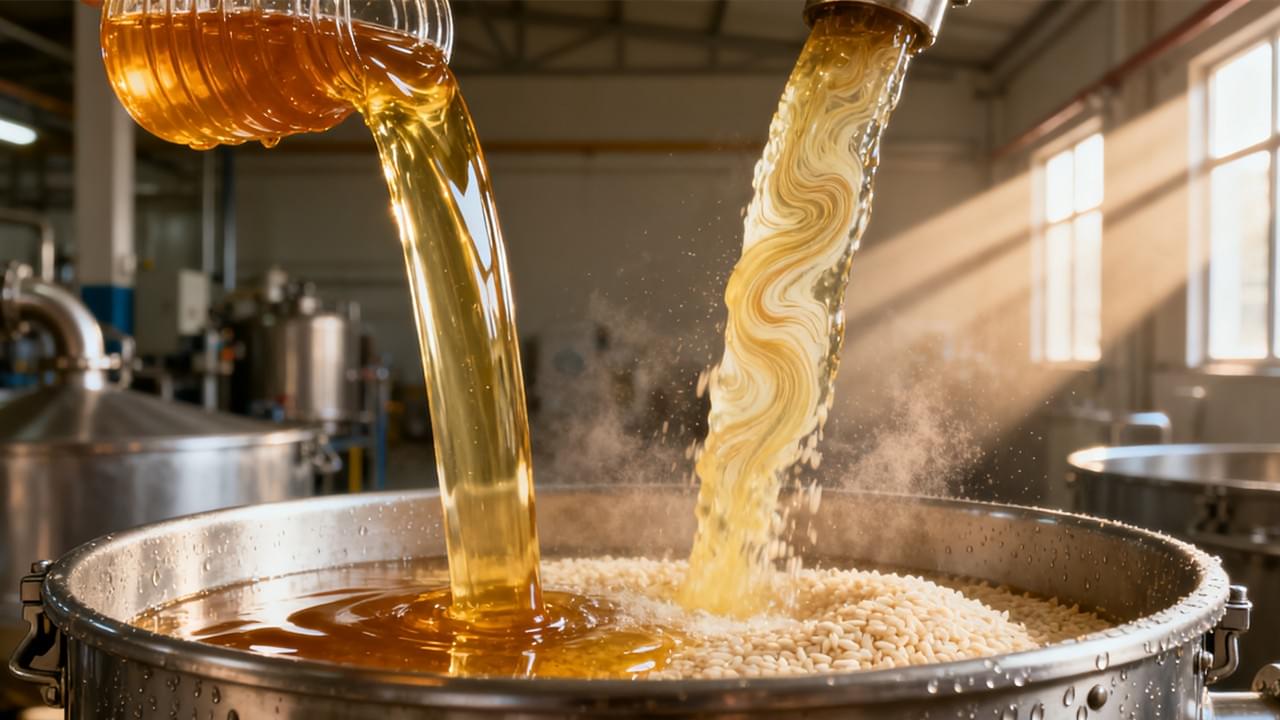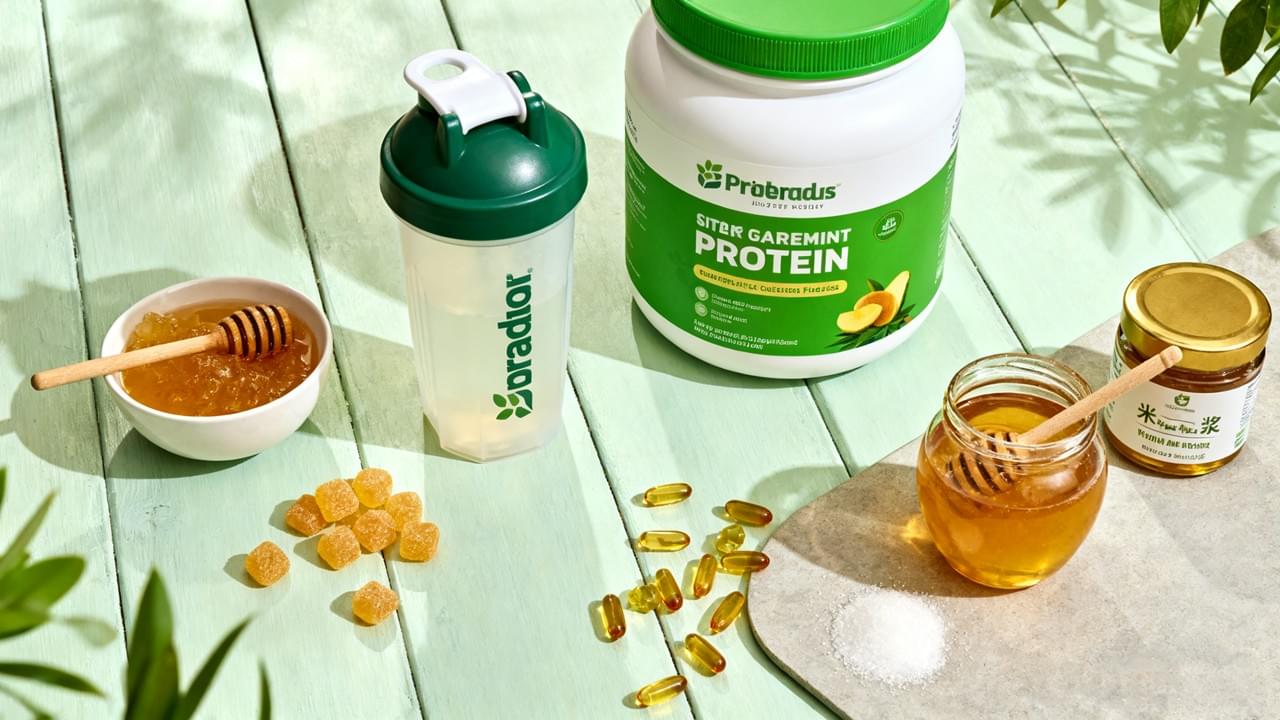The Chinese Maltose Syrup Market is set to transform the global natural sweeteners landscape, with a projected CAGR of 4.4% from 2024 to 2032, reaching $1.88 billion by 2032. This growth is driven by rising demand for clean-label, low-glycemic alternatives in food, beverages, and pharmaceuticals. Maltose syrup, known for its low glycemic index and natural sourcing, is increasingly replacing traditional sweeteners like sucrose and high-fructose corn syrup. Its applications in confectionery, bakery products, and pharmaceuticals are also expanding, driven by health-conscious consumers and sustainable production trends. For distributors, this presents a unique opportunity to capitalize on the growing demand for healthier sweeteners and meet the evolving needs of the market.
Why the Chinese Maltose Syrup Market Dominates Global Supply
China produces 60% of the world’s maltose syrup, leveraging cost-efficient corn and wheat processing, government subsidies, and advanced fermentation technologies. Unlike high-fructose corn syrup (HFCS), Chinese maltose syrup offers non-GMO certifications and allergen-free formulations, aligning with global clean-label trends.
Key Applications Driving Demand:
Bakery & Confectionery: Enhances moisture retention in bread and chewiness in candies.
Beverages: Serves as a fermentable sugar in craft beers and low-calorie drinks.
Pharmaceuticals: Acts as a binding agent in syrups and tablets.
4 Growth Drivers Fueling the 4.4% CAGR
1. Health-Conscious Consumer Trends
With 45% of global consumers prioritizing low-sugar diets, Chinese maltose syrup’s low glycemic index (GI) makes it ideal for diabetic-friendly products. Brands like Moutai have successfully integrated maltose into premium health-focused collaborations (e.g., baijiu-infused lattes with Luckin Coffee).
2. Expansion of Asia-Pacific’s Processed Food Sector
Southeast Asia’s **$3.2 trillion processed food market** by 2027 will rely heavily on maltose syrup for cost-effective sweetening and texture enhancement. Vietnam and Indonesia, with their booming furniture and foam industries, also use maltose in adhesives and coatings.
3. Sustainability and Plant-Based Demand
Chinese manufacturers are adopting carbon-neutral production methods, appealing to eco-conscious brands. For instance, maltose syrup’s water footprint is 30% lower than cane sugar, aligning with EU sustainability mandates.
4. Strategic Pricing and Trade Policies
China’s maltose syrup is priced 20–30% below HFCS, driven by subsidized raw materials and bulk shipping efficiencies. The Belt and Road Initiative further reduces logistics costs for European distributors through optimized rail networks.
3 Challenges Distributors Must Address
1. Supplier Verification and Compliance
Only 12% of Chinese suppliers hold ISO 22000 or GMP certifications. Distributors must prioritize partners with third-party audits to ensure compliance with FDA and EU food safety standards.
2. Price Volatility in Raw Materials
Fluctuations in corn and wheat prices (up to 15% annual variance) require long-term contracts or futures hedging to stabilize margins.
3. Competition from Alternatives
While maltose syrup dominates, alternatives like allulose and rice syrup are gaining traction. Distributors must emphasize maltose’s unique functional benefits, such as caramelization in baked goods.
5-Step Strategy for Distributors to Capture Market Share
- Target High-Value Industries: Partner with confectionery, beverage, and pharmaceutical manufacturers.
- Leverage Certified Suppliers: Use platforms like Alibaba to identify ISO/GMP-certified factories.
- Optimize Logistics: Bulk shipments in flexitanks reduce costs by 25% vs. traditional packaging.
- Educate Clients: Create whitepapers on maltose’s health benefits and sustainability credentials.
- Monitor Regulatory Shifts: Stay updated on FDA and EU labeling requirements to avoid compliance risks
Future Outlook: Innovations and Niche Markets
Chinese manufacturers are developing prebiotic-enriched maltose blends for gut-health products and ultra-low GI syrups for diabetic snacks. Collaborations with luxury brands (e.g., Moutai x Dove Chocolate) demonstrate maltose’s versatility in premium markets.
FAQ Section
- What certifications are critical when importing Chinese maltose syrup?
Prioritize ISO 22000, GMP, and FDA compliance. - How does maltose syrup compare to HFCS in cost and health impact?
Maltose is 20–30% cheaper and has a lower fructose content. - Which regions import the most Chinese maltose syrup?
Southeast Asia, Europe, and North America lead demand. - What logistics methods reduce shipping costs?
Use flexitanks and Belt and Road rail routes. - How can distributors differentiate maltose syrup in competitive markets?
Highlight sustainability, health benefits, and custom formulations.
- What certifications are critical when importing Chinese maltose syrup?




